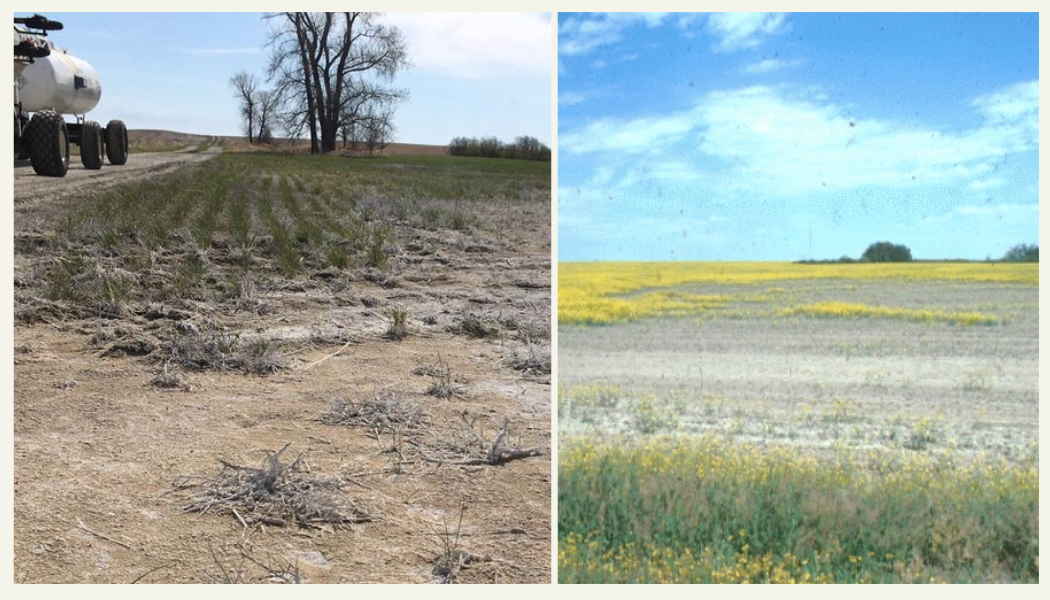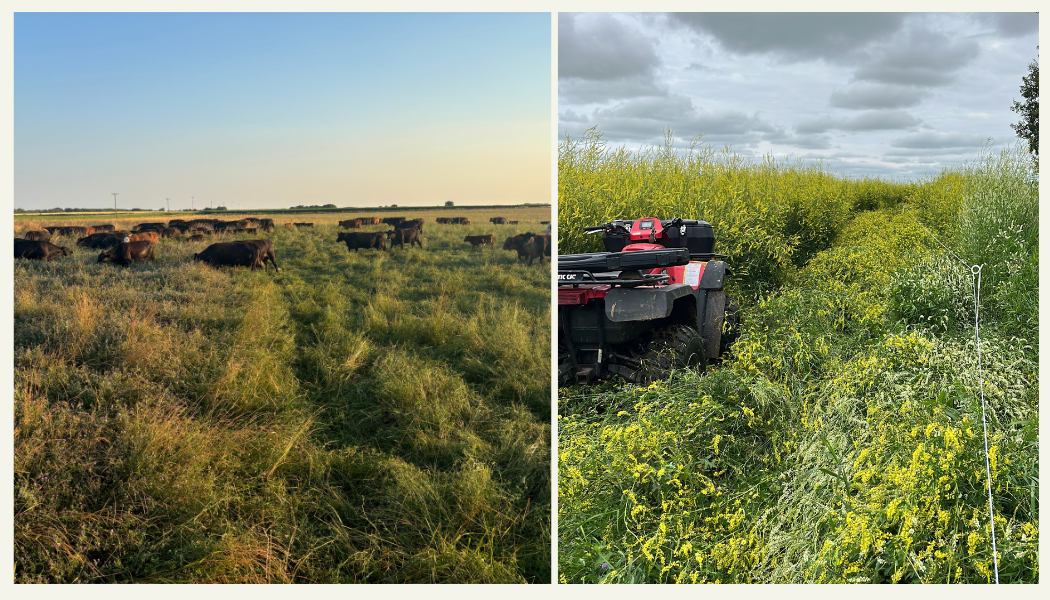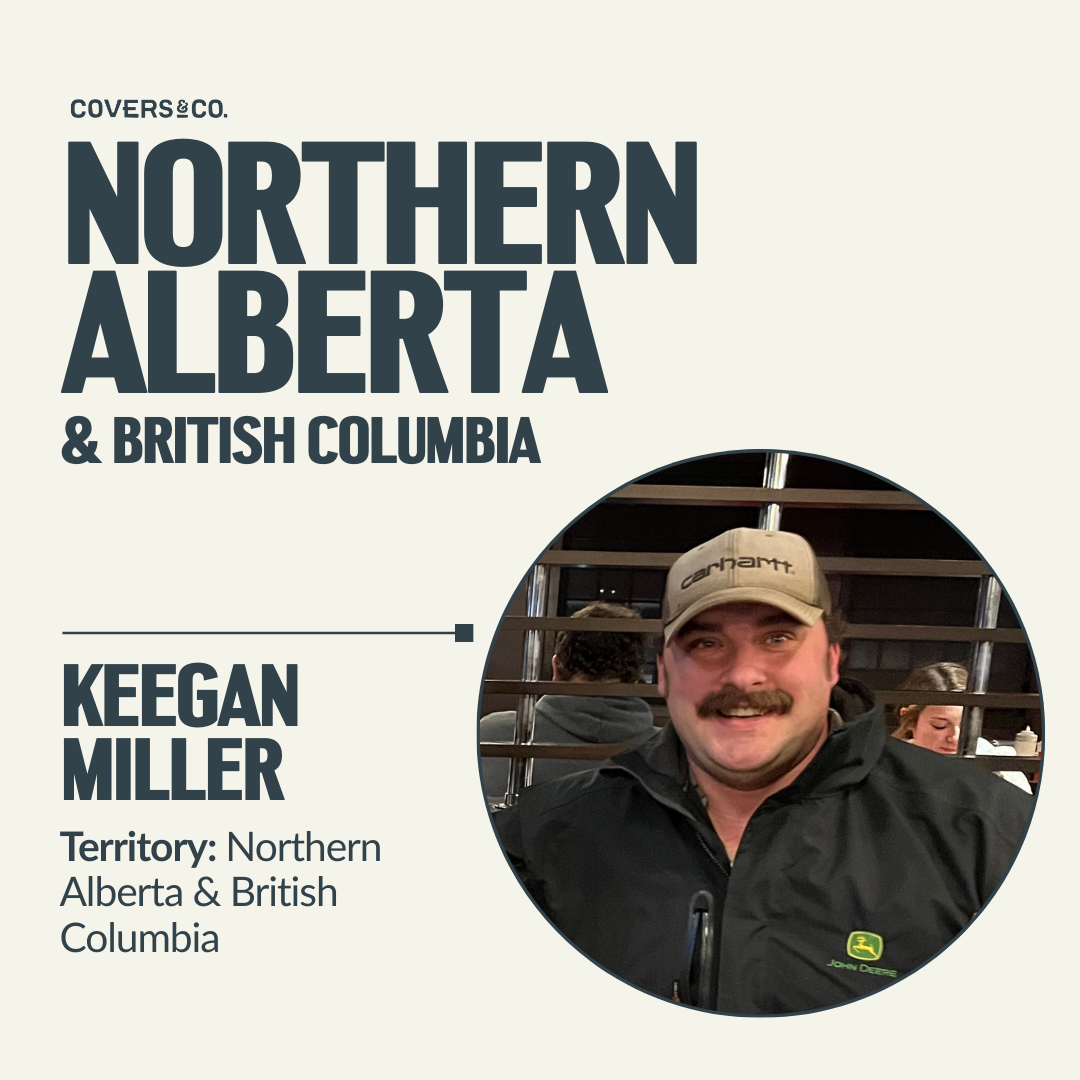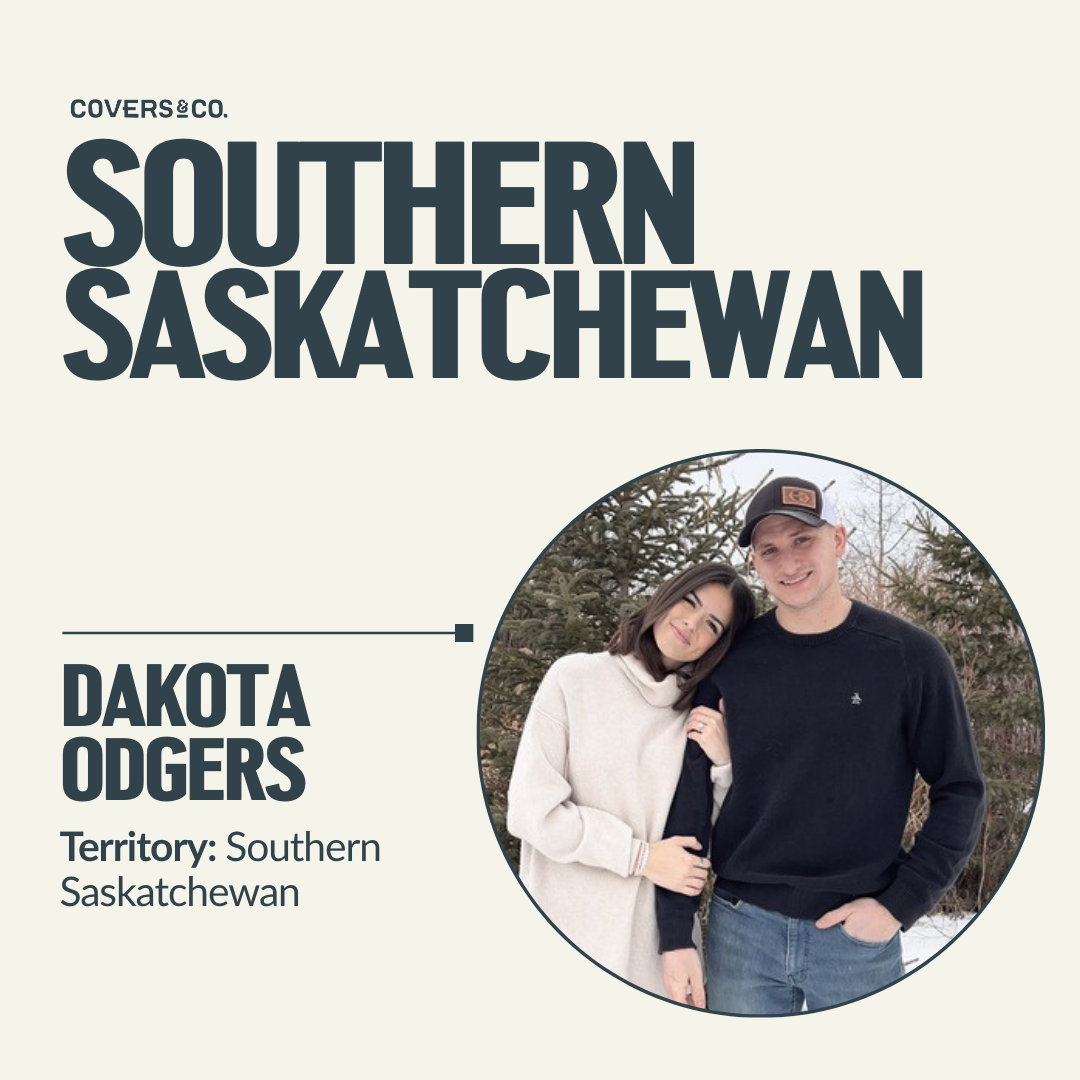plant Diversity Co.
Salinity Cover
Managing Salinity w/ Plant Diversity
Managing Salinity w/ Plant Diversity
How can we improve net income on the farm? Consider utilizing perennial forages instead of annual cropping (fertilizer and chemical) in areas of salinity across the farm.
Learn more about the Ducks Unlimited funding of up to $150/acre to sow these problem areas down to a perennial forage
We recommend seeding a companion crop (such as barley at 1/2 rate) with the establishment of this blend. Reach out to your Provincial Territory Manager for establishment best practices.
Seeding Rate: 15 Ibs/acre
SKU: 50 Ib bag
Seeding Depth: 1/2 inch
Inoculant: Legumes are pre-inoculated
FCC Financing available for 2025-2026 seed purchases.
See below for the most frequently asked questions regarding the Salinity Cover.
Seeding Depth: ¼ to ½ Inch (based on perennial depth)
Pre-Burn Application: Fall burnoff the year prior to establishment. Pre-seed burnoff is recommended without a residual.
Weed Pressure: If mass weed pressure, mow the crop or cut for hay. Earlier, the better to stop the weed seed bank contribution.
Yes. We recommend sowing the Salinity Cover with a ½ rate of barley as a companion crop in the establishment year.
Weed competition
Moisture utilization
Added feed value
It is important to remember that these perennials will take some time to establish. Ensure seeding conditions are ideal in the establsihment year before investing in this perennial Salinity Cover.
Best practise: If it is too wet, be patient and come back next year. If it’s dry, don’t hesitate to sow. Having the seeds in place (even in a dry year) will ensure germination when moisture does come.
Yes. Be sure to reach out to your local watershed district, provincial ag office & organizations such as Ducks Unlimited to see what is available for funding in your region.
Benefits to the farm include reducing erosion & spring run-off, improved water infiltration, utilizing high salt table soils, and reducing valuable man hours on these troubled acres come fall and spring.
CROP ROTATION: Hard Red Spring Wheat & Canola
Seed Costs over 10 years: $582.50/acre
Chemical Costs over 10 years: $568.70/acre
Fertilizer Costs over 10 years: $1207.20/acre
TOTAL COST OVER 10 YEARS: $2,358.40/acre
*Calculations based on the 2025 Manitoba Agriculture Cost of Production: Click here

Picture: Wheat & canola rotation (problem areas)
To put this into perspective, a 2500-acre farm (wheat, canola), which has 5% of total acres in a salinity state (125 acres), will spend $294,800 in 10 years on seed, chemical & fertilizer in these problem areas.
To see calculations based on the 2025 Manitoba Agriculture Cost of Production: Click here
CROP ROTATION: 10-year Salinity Cover sown with barley
Seed Costs (10 years): $97.50/acre
Chemical Costs (10 years): $3.00/acre
Fertilizer Costs (10 years): $0.00/acre
TOTAL COST OVER 10 YEARS: $100.50/acre

To see calculations based on the 2025 Manitoba Agriculture Cost of Production: Click here
To put this into perspective, a 2500-acre farm (wheat, canola), which has 5% of total acres in a salinity state (125 acres), will spend $12,562.50 in 10 years on seed, chemical & fertilizer.
Other benefits to the farm include reducing erosion & spring run-off, water infiltration, utilizing high salt table soils, and reducing valuable man hours on these troubled acres.
High soil salinity is typically present because the water table is too close to the soil surface. As soil EC (Electrical Conductivity) increases, its effects are amplified because crop water use decreases as crop growth decreases. The problem ”feeds on itself” because salinity breeds more salinity due to low crop water use at the fringes of the high salinity area. The importance of having something growing (a living root) that is tolerant to the salinity present cannot be overemphasized.
We have strategically selected plant species in the Salinity Cover with a high EC tolerance, as seen in the tables below.
You can conduct an AgVise Laboratories soil analysis to find the EC tolerance of your fields.
Approximate threshold salinity values for field crops and percent reduction in yield due to salinity.
Approximate threshold salinity values for forage grasses and percent reduction in yield due to salinity.
Feel free to contact your Provincial Territory Manager if you have any further questions regarding the Perennial Salinity Cover.

Name: Keegan Miller
Home Farm Location: La Corey, Alberta
Territory: Northern Alberta & British Columbia

Name: Brendan English
Home Farm: Castor, Alberta
Territory: Central & Southern Alberta

Name: Tanner Hale
Home Farm Location: Hines Creek, Alberta
Territory: Peace River Country, Alberta

Name: Dakota Odgers
Home Farm Location: Spy Hill, Saskatchewan
Territory: Southern Saskatchewan

Name: Chance Rothwell
Home Farm Location: Shellbrook, Saskatchewan
Territory: Northern Saskatchewan

Name: Connor English
Home Farm Location: Bradwardine, Manitoba
Territory: Manitoba (all areas)